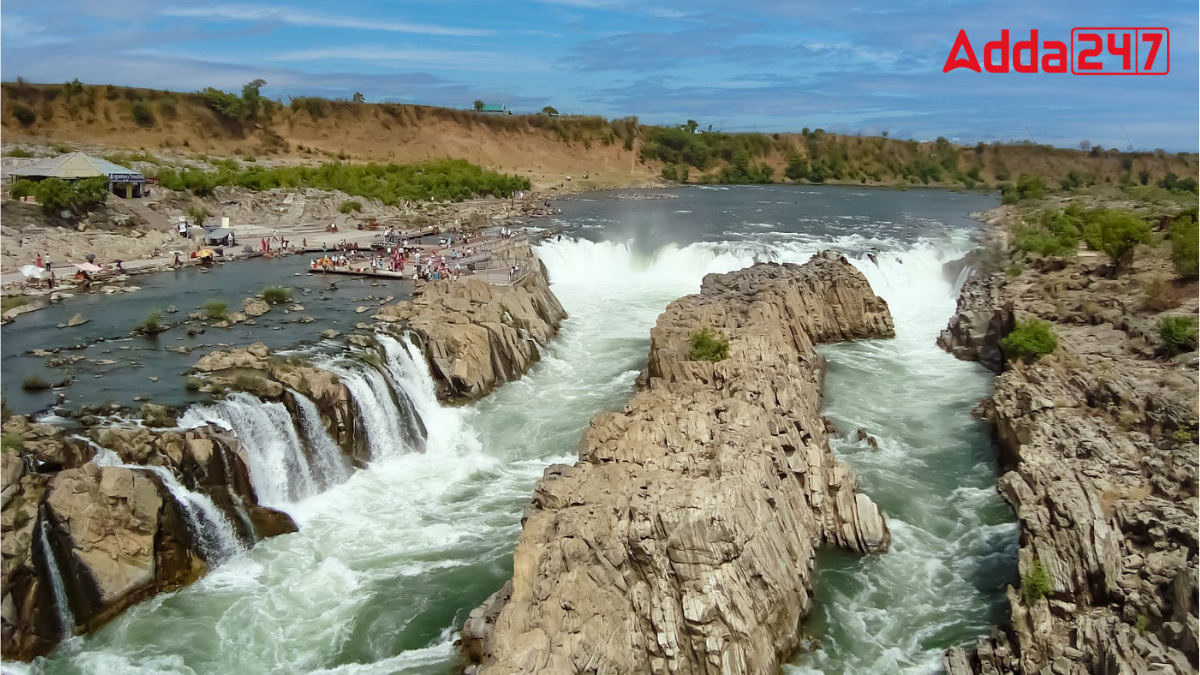Nestled amidst the rugged terrain of central India flows a river that is not just a water body but a lifeline for millions of people. The Narmada River, revered as one of the holiest rivers in India, holds a special place in the hearts of the people living along its banks. Among its numerous appellations, one stands out prominently – the “Lifeline of Madhya Pradesh.”
Lifeline of Madhya Pradesh
The Narmada River, often called the lifeline of Madhya Pradesh, flows westward across the state. It is the fifth-longest river in India and one of the holiest rivers in Hinduism. The Narmada provides vital water resources for irrigation, drinking, and hydroelectric power, supporting the agriculture and livelihoods of millions of people in the region.
Origin and Course of Narmada River
The Narmada River originates from the Amarkantak Plateau in Madhya Pradesh, where it is believed to emerge from the Narmada Kund, a sacred pool. From its humble beginnings, the river embarks on a journey of over 1,300 kilometers, meandering through the states of Madhya Pradesh, Maharashtra, and Gujarat, before emptying into the Arabian Sea.
Tributaries of the Narmada River
The Narmada River is fed by several tributaries, classified based on their point of entry into the main river:
- Right-Bank Tributaries: Hiran, Tendori, Barna, Kolar, Man, Uri, Hatni, and Orsang.
- Left-Bank Tributaries: Burner, Banjar, Sher, Shakkar, Dudhi, Tawa, Ganjal, Chhota Tawa, Kundi, Goi, and Karjan.
Cultural and Spiritual Significance of Narmada River
For centuries, the Narmada has been venerated as a goddess in Hindu mythology, revered for its purifying properties and revered as the giver of salvation. Pilgrims flock to its banks to bathe in its holy waters, seeking spiritual solace and redemption. The river is dotted with numerous temples, ghats, and sacred sites, each resonating with the echoes of devotion and faith.
Ecological Importance of Narmada River
Beyond its cultural and spiritual significance, the Narmada River plays a vital role in sustaining the ecological balance of the region. Its waters support diverse flora and fauna, including several endangered species such as the gharial and the Indian skimmer. The river’s basin also serves as a lifeline for agriculture, providing irrigation for fertile lands along its course.




 Which Country is Known as the Land of Ch...
Which Country is Known as the Land of Ch...
 Which Bird is known as the King of Birds...
Which Bird is known as the King of Birds...
 Which City of Austria is Known as the Ci...
Which City of Austria is Known as the Ci...







